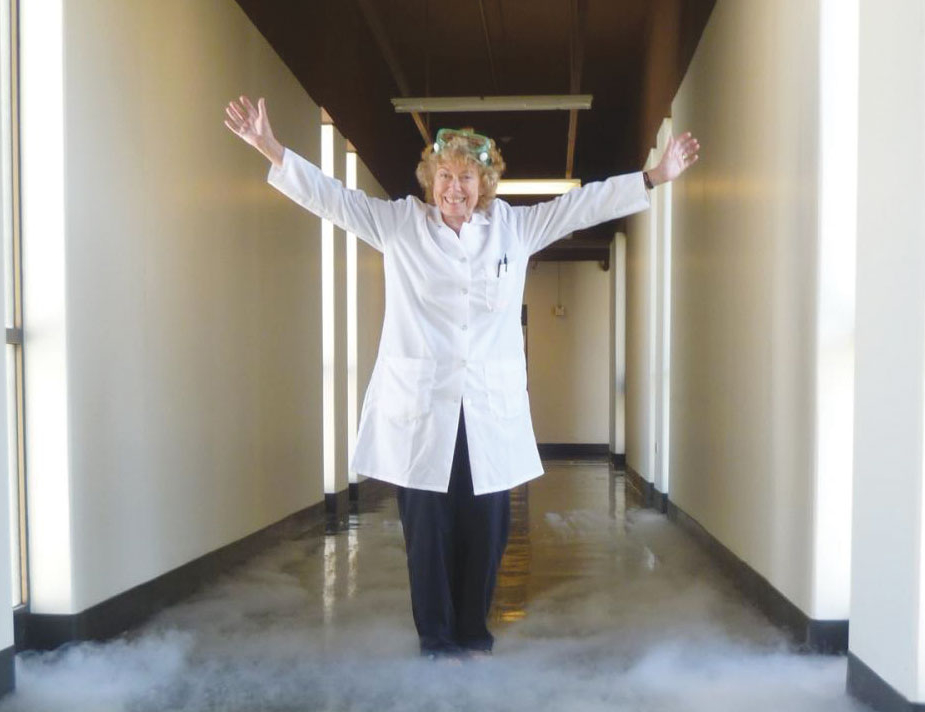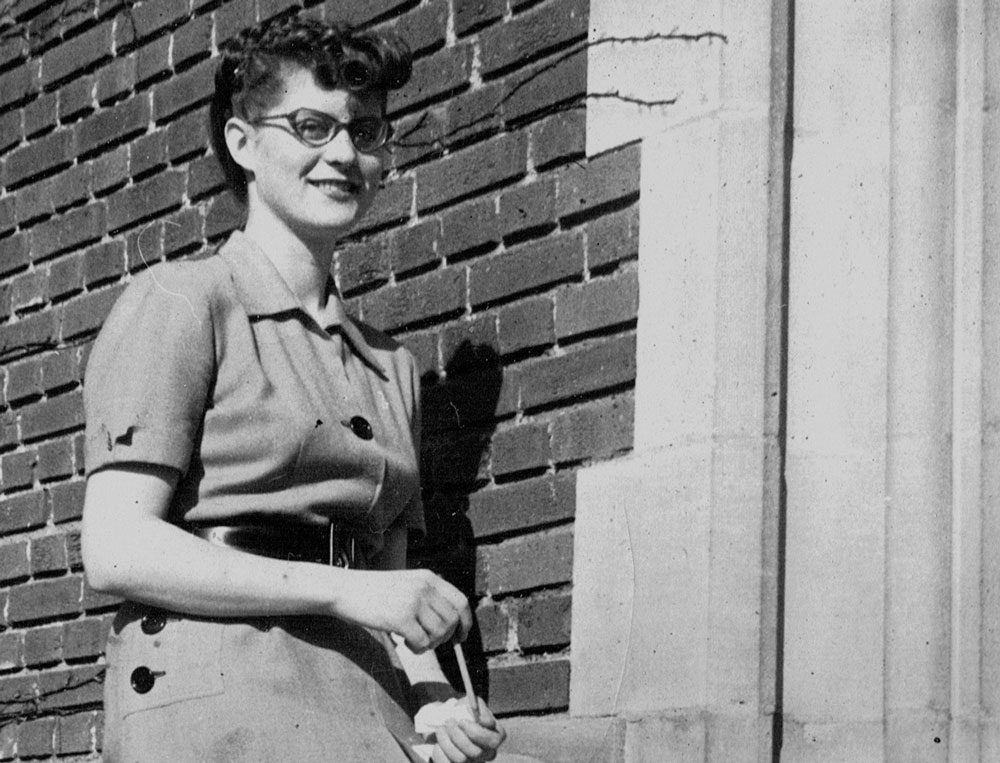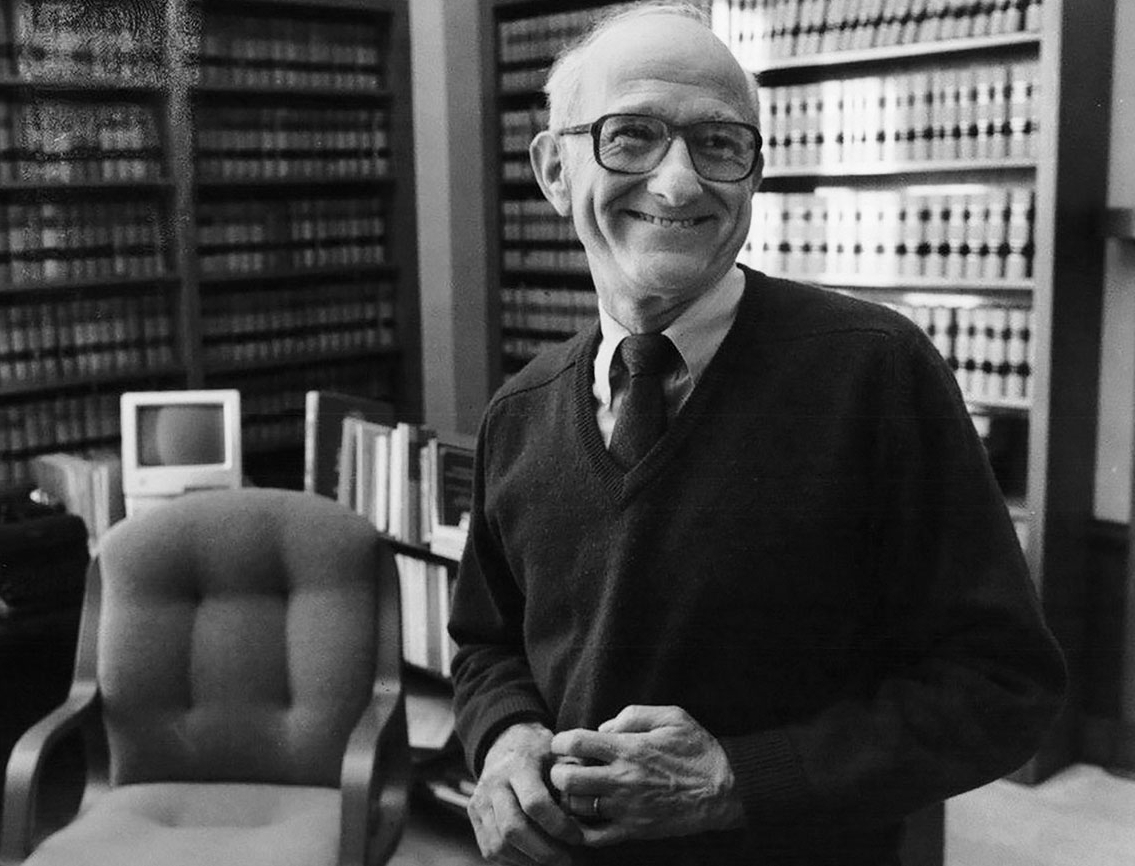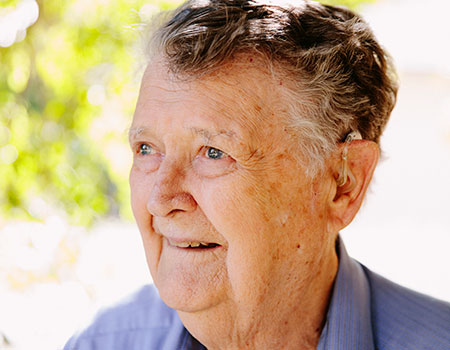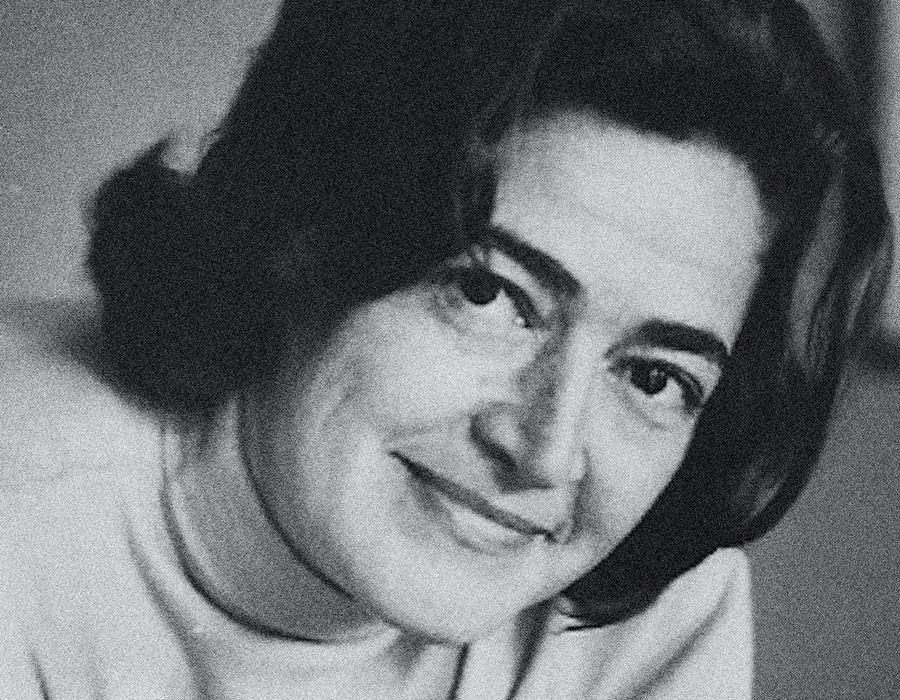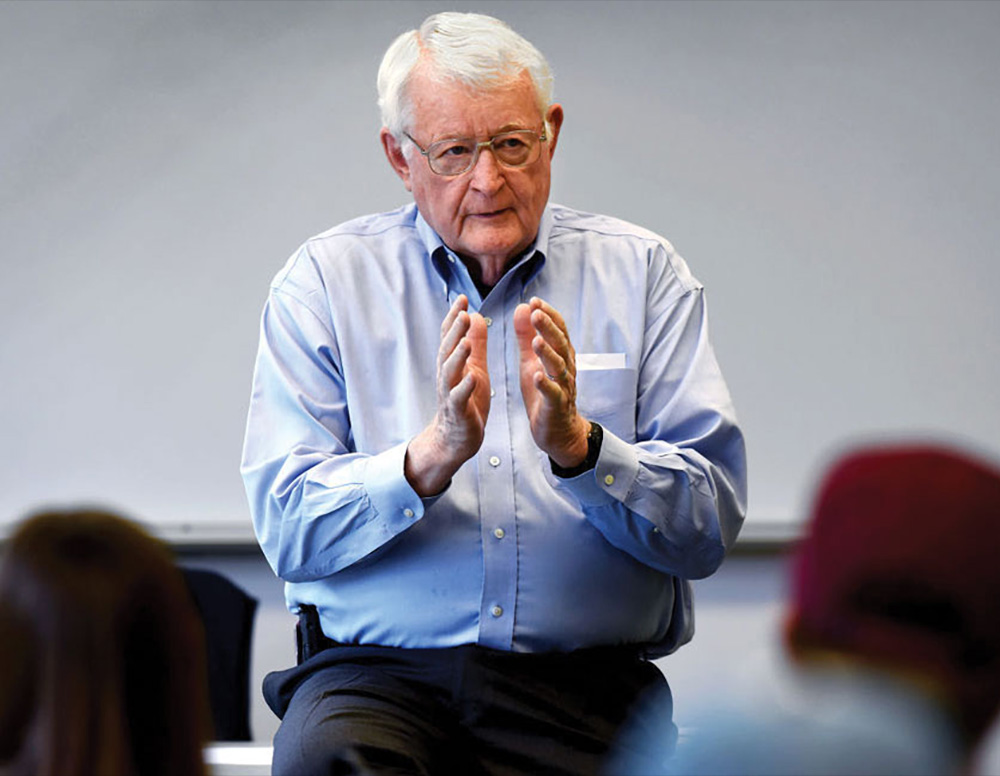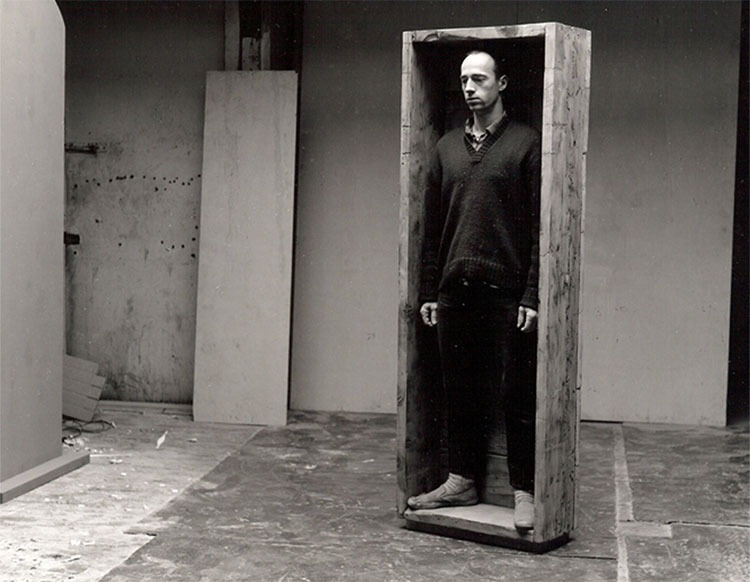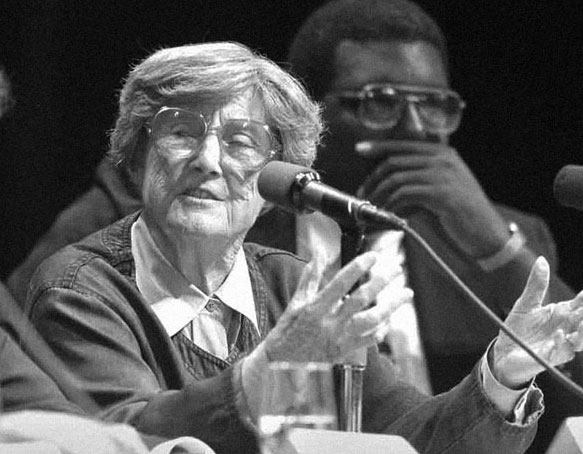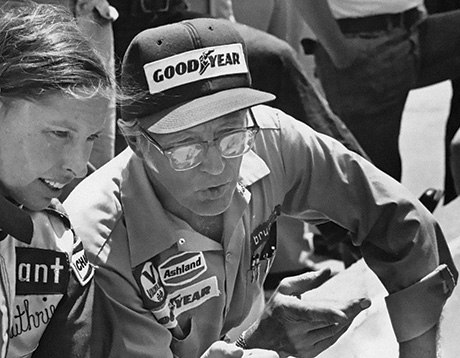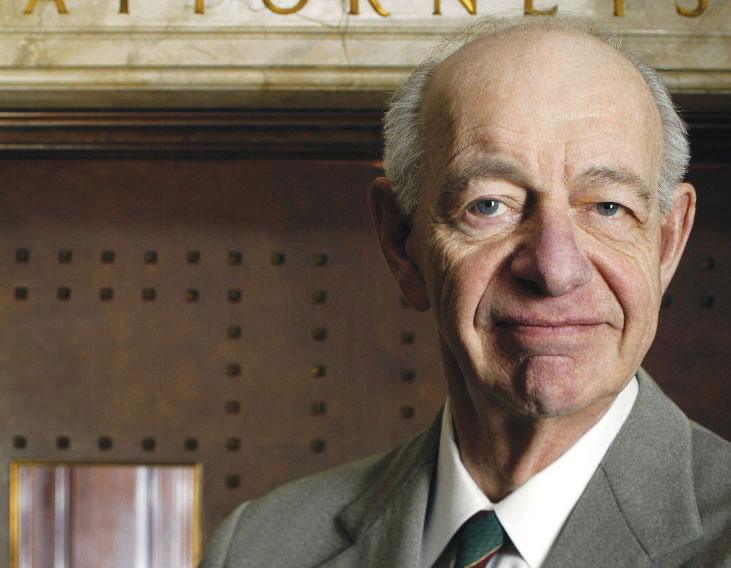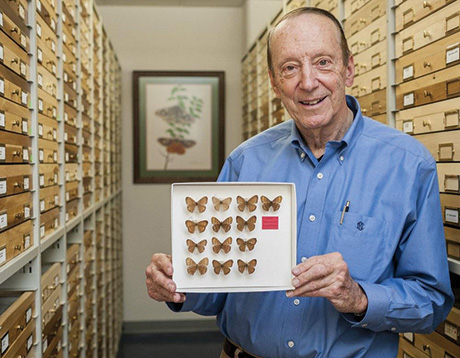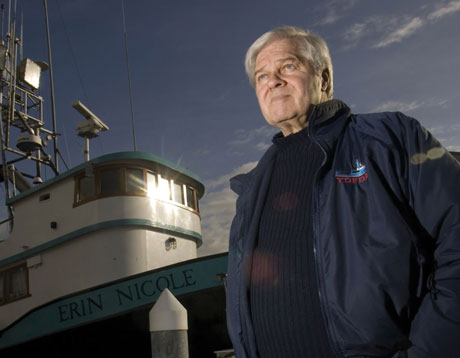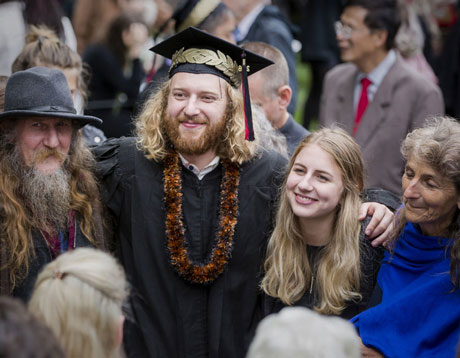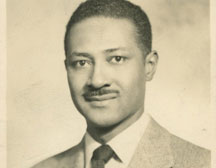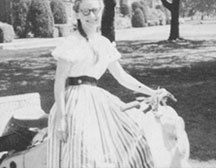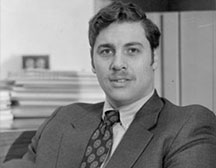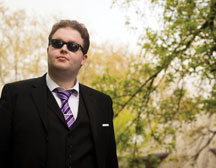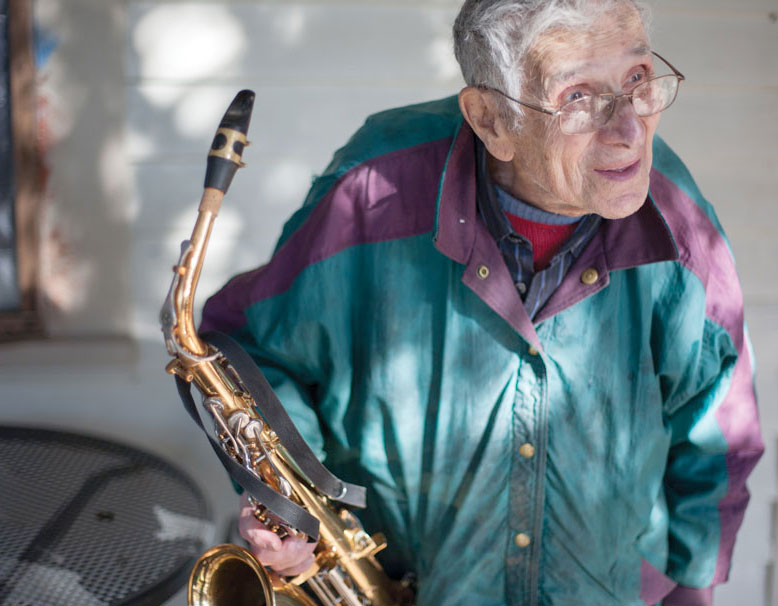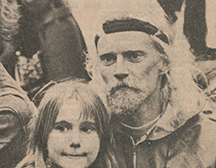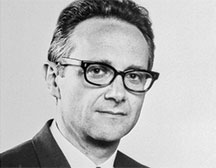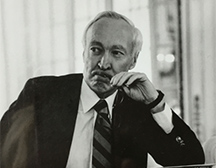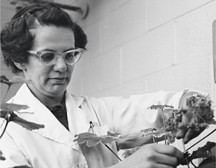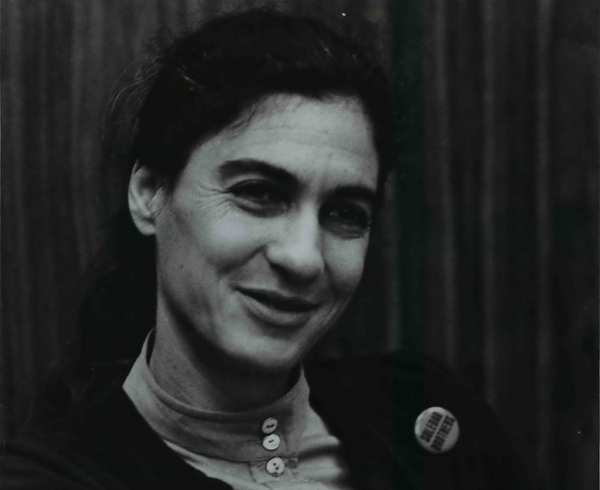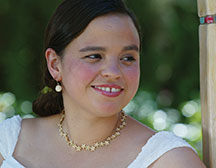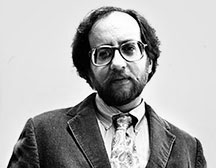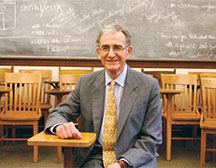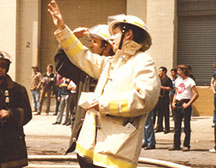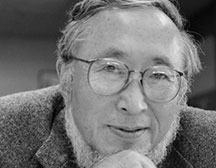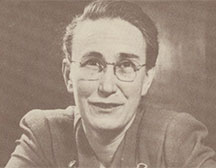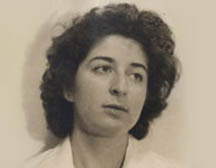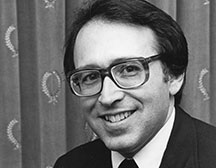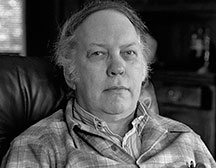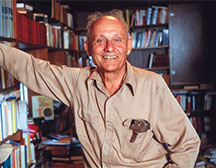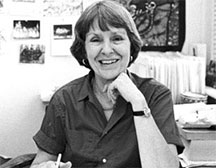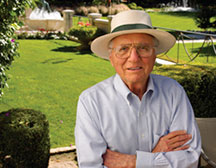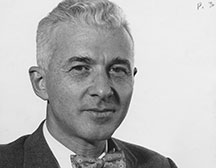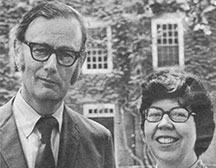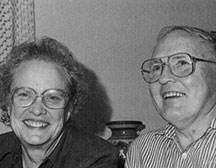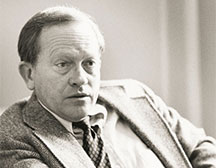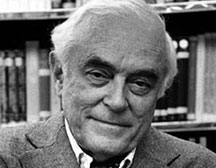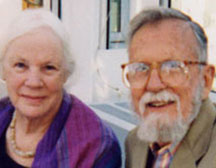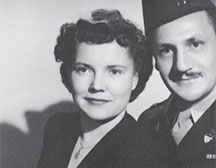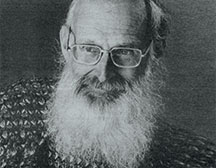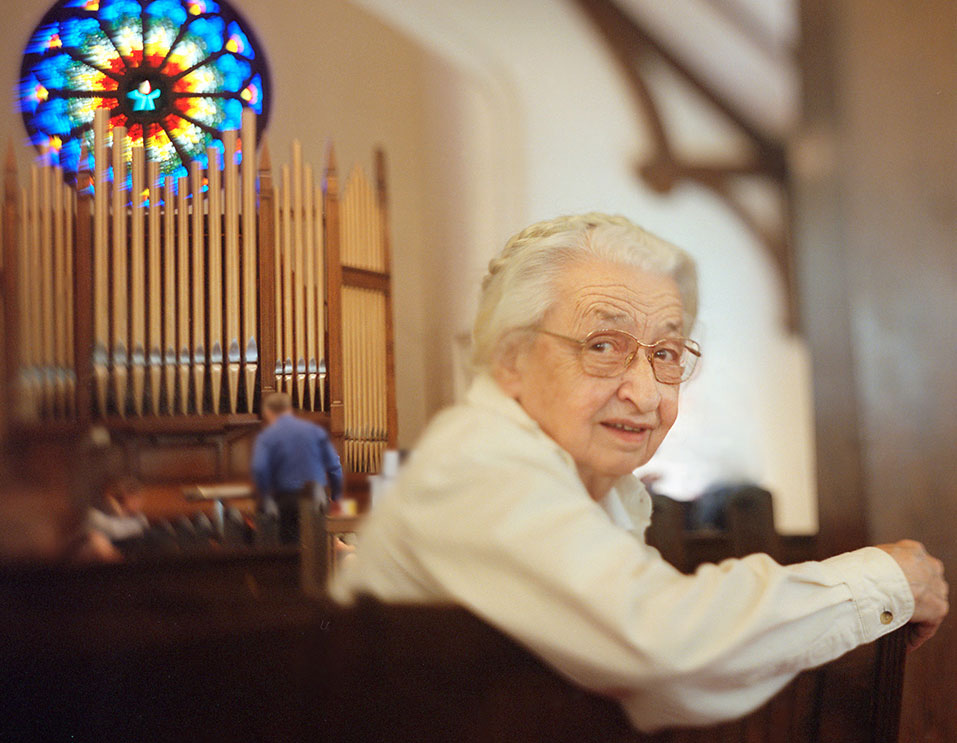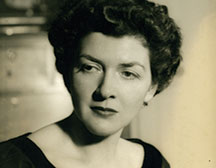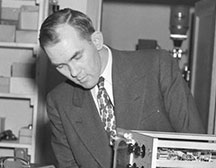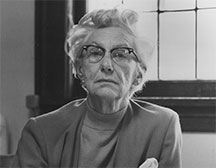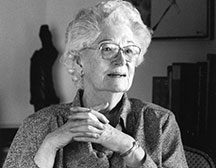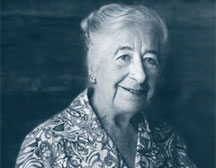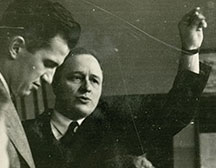Influential Educator Taught Millions How To Read
Robert Slavin ’72
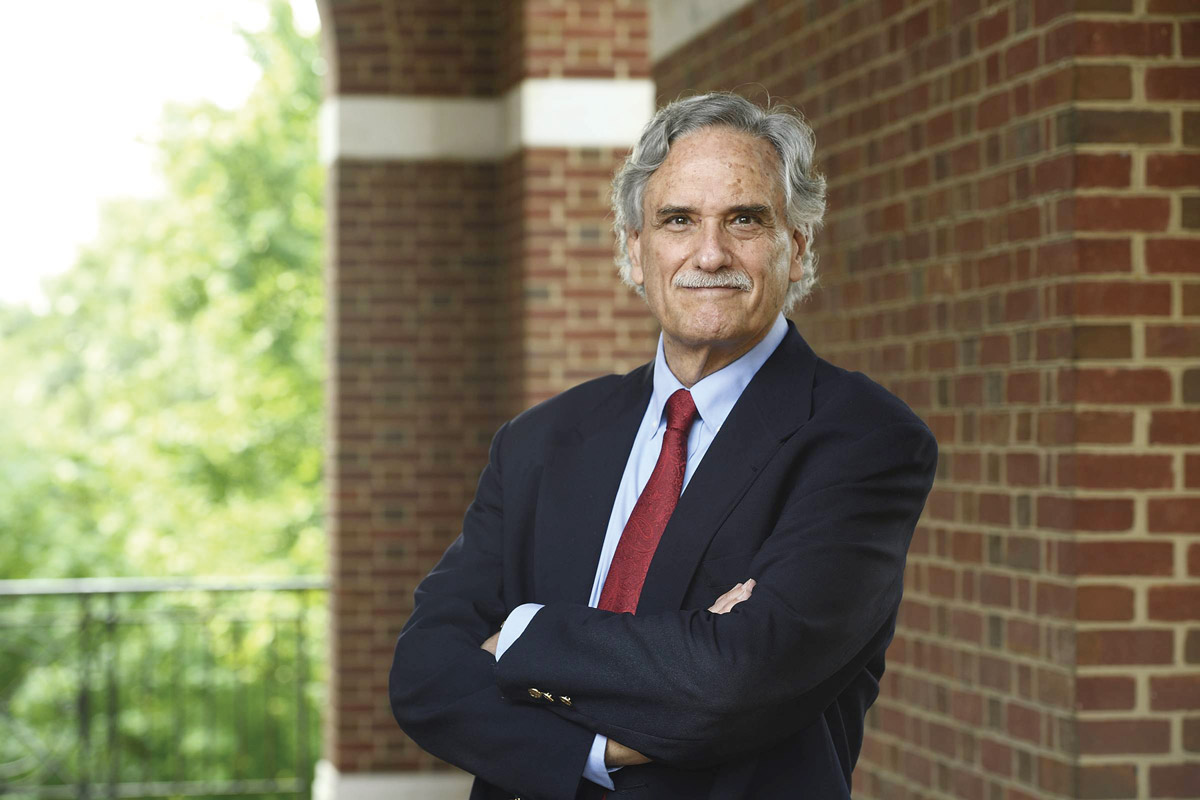
April 24, 2021, in Baltimore, Maryland, of a heart attack.
Relying on evidence-based research to determine how children learn, Robert translated the science of learning into effective teaching practices. He became an expert on reading instruction and an early advocate for mixing students of different aptitudes together in small groups. With his wife and research partner, Nancy Madden ’73, he created Success For All, an influential reading program widely used in schools across the land.
Born in Bethesda, Maryland, he grew up in nearby Chevy Chase. After graduating from Bethesda-Chevy Chase High School, Robert decided to major in psychology, following in the footsteps of his father, Joseph Slavin, a clinical psychologist who led the Washington School of Psychiatry.
At Reed, Prof. Carol Creedon [psychology 1957–91] inspired Robert to go into education, impressing upon him that schools not only teach—they transform children. He directed a research project on team learning in laboratory science and wrote his thesis, “Worldlab: An Educational Experiment,” advised by Creedon. He also began having long discussions about the field of education with fellow student Nancy Madden.
“On our first ‘date,’ we walked and talked for hours about improving schools,” Nancy remembered. “We kept talking about it for 50 years.”
Robert’s most vivid memories of Reed were “the day I decided to become a teacher just to avoid being thrown out of ed psych for failing to preregister,” playing the game Empire, and being taken seriously by the caring faculty. And, of course, there was Nancy. While she finished her last year at Reed, Robert taught at the Aloha Children’s Center, a school for children with disabilities. They married in 1973.
After earning his PhD from Johns Hopkins University, Robert was hired as a professor at Johns Hopkins University’s School of Education, where he directed the Center for Research and Reform in Education.
He was an early proponent of cooperative learning and pushed for a massive effort to provide tutoring service to millions of elementary students. Citing his own and other researchers’ findings, he proposed one-on-one or one-to-small group tutoring as an effective strategy for struggling students.
“Structured tutoring programs can make a large difference in a short time,” he wrote, “exactly what is needed to help students quickly catch up with grade level expectations.”
Studies showed that mixed-ability grouping helps those of lower achievement levels without hurting high-achieving students. In contrast, when they were grouped by performance, the low-ability groups got slower, had lower expectations, and behavior problems increased.
Through the ’70s and ’80s, Robert studied students who were likely to become dropouts. In 1986, the school superintendent of Baltimore challenged him to design a program that incorporated all the research the center had been doing.
In 1987, as director of the Center for Research on Effective Schooling for Disadvantaged Students at Johns Hopkins and working with Nancy, he introduced a program Success for All. Promoting education programs proven to help students succeed, it was replicated in thousands of prekindergarten through eighth grade classrooms in nearly every state. Millions of students in disadvantaged communities learned to read as a cornerstone of their future success. The program encompassed cooperative learning in the classroom, academic tutoring, and family support that engaged parents in improving their children’s health and nutrition. Robert moved SFA from Johns Hopkins University to a new not-for-profit foundation.
“Mr. Slavin may well become the most influential figure in reading since William McGuffey, whose eponymous Reader was the standard primer in the 19th century,” said a story in the Wall Street Journal. “And this success is built not only on teachers radically changing their classroom role, but also on getting most teachers to do so willingly.”
Some teachers had issues with the program, which took away local-school control and teacher discretion. They looked down their noses at the highly scripted curriculums and the emphasis on phonics to teach reading instead of first instilling a love of literature. But the American Institutes for Research in Washington, D.C., under contract to both national teacher unions and the top three professional groups for principals and administrators, identified Success for All as one of only three school-overhaul plans whose student achievement gains were backed by solid research.
Under the SFA plan, all students took reading at the same time so they could be grouped according to ability rather than age. Teachers, regardless of their discipline, all taught reading so that class sizes could be reduced to approximately 15 students. First graders learned to read from a series of black-and-white paperback storybooks, each of which stressed a different phonic sound, and beginning readers spent time reciting in unison. To determine whether they would move to the next skill level, students were tested every eight weeks and repeated classes if they didn’t learn. A prescribed amount of time each day was spent working in teams, because Robert believed peer pressure was as potent as teacher approval.
To safeguard against coercion from school authorities and ensure that the script would really be used, SFA wouldn’t enter a school unless 80% of its teachers approved the program by secret ballot. Each vote in favor of the program was an admission that a teacher didn’t have a better idea for fixing broken schools.
Part of Robert’s research on reading looked at whether some children were struggling in school simply because they couldn’t see. In 2014, he helped organize the Baltimore Reading and Eye Disease Study with experts from Johns Hopkins and the Wilmer Eye Institute. The study provided eye examinations and, when needed, glasses for students across the city. It spawned the Vision for Baltimore project, which has screened more than 60,000 students and provided more than 7,500 pairs of glasses for Baltimore children.
Robert died two days before the launch of his latest project, a coalition of more than a dozen tutoring programs designed to increase the achievement of students performing far below grade level due to factors such as COVID school closures.
“Returning schools to the way they were when they closed last spring will not heal the damage students have sustained to their educational progress,” he wrote last November in an open letter to President Biden. “This damage will be greatest to disadvantaged students in high-poverty schools, most of whom were unable to take advantage of the remote learning most schools provided. Some of these students were struggling even before schools closed, but when they reopen, millions of students will be far behind.”
Robert authored or coauthored more than 300 articles and 24 books on research-based school improvement, reading instruction, English language learners, and federal education reform policy. Among a handful of education experts known by name worldwide, he regularly testified before Congress and was frequently sought by the national media to weigh in on education reform. He received the Distinguished Services Award from the Council of Chief State School Officers, the AERA Review of Research Award, and was appointed as a Member of the National Academy of Education.
In an interview with the Washington Post, Robert’s colleague Steven Ross remembered, “Bob would always talk about how, when you walk into a kindergarten class anywhere in the world, every one of those kids thinks they’re a genius. They have light in their eyes and see their ability. Then you go back to that same school in fourth or fifth grade, and so many of them think they can’t make it. That learning is hard. And Bob’s passion was to prevent that from happening, by getting there earlier.”
Robert was a faithful supporter of Reed, giving generously to the annual fund for almost 50 years.
He is survived by his wife, Nancy; his three children, Jacob, Benjamin, and Rebecca Slavin; his siblings, Thomas, Daniel, Paul, and Julia Slavin; and his mother, Miriam Crohn Slavin.
Appeared in Reed magazine: September 2021
comments powered by DisqusFrom the Archives: The Lives they Led

Frederick Dushin ’86
Frederick, an architect and software developer, embodied the intellectually adventurous spirit of Reed throughout his life.
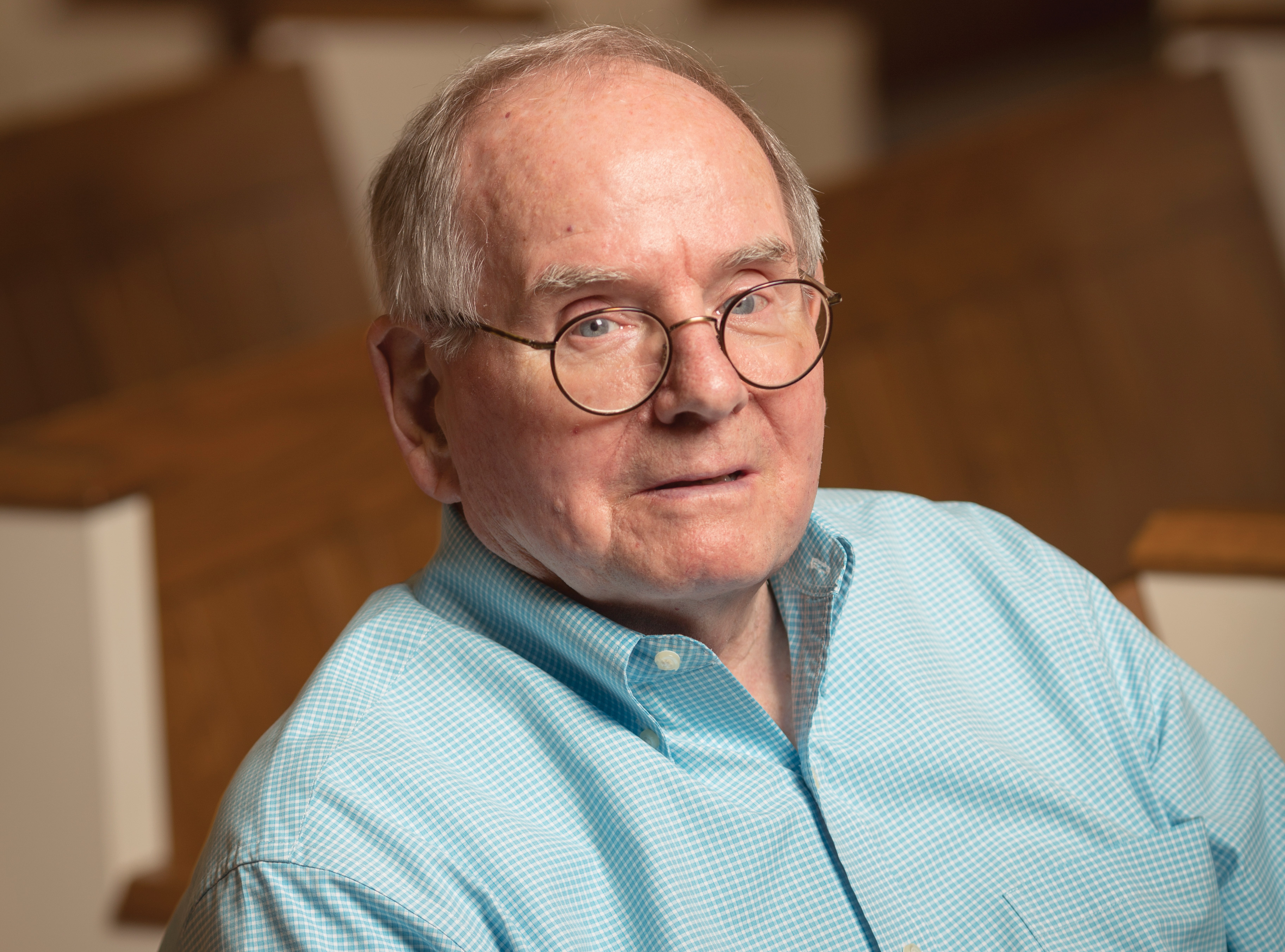
William Haden
As acting president of Reed from 1991 to 1992, William “Bill” R. Haden worked to strengthen Reed’s finances and improve alumni relations.
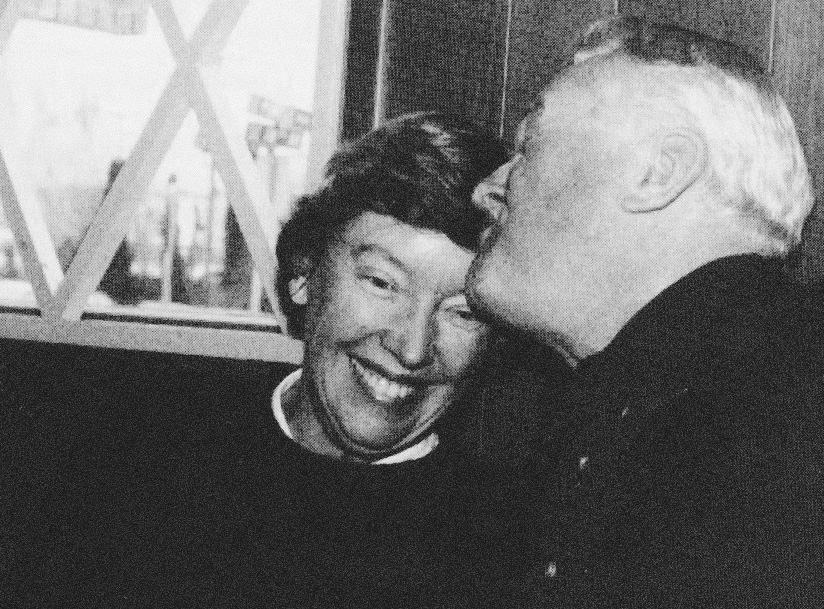
Nancy Horton Bragdon
Reed’s First Lady Whose Warmth and Leadership Were Invaluable During a Turbulent Time

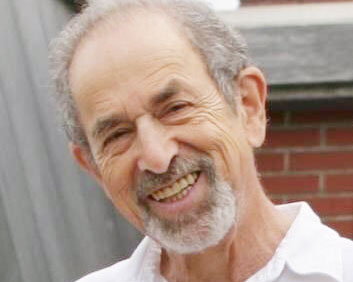

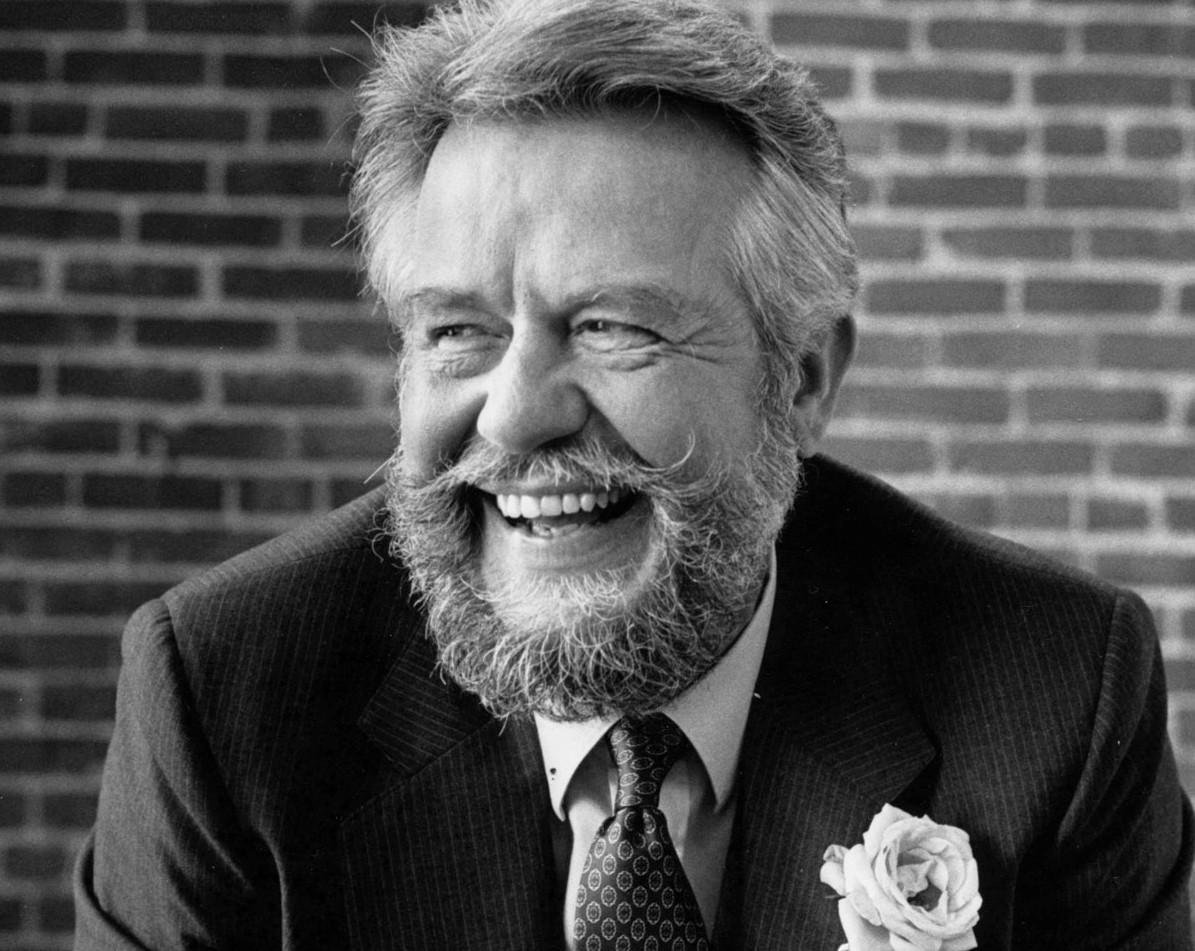

![Photo of Prof. Marvin Levich [philosophy 1953–94]](https://www.reed.edu/reed-magazine/in-memoriam/assets/images/2022/LTL-levich1.jpg)
![Photo of President Paul E. Bragdon [1971–88]](https://www.reed.edu/reed-magazine/in-memoriam/assets/images/2020/Bragdon.jpg)
![Photo of Prof. Edward Barton Segel [history 1973–2011]](https://www.reed.edu/reed-magazine/in-memoriam/assets/images/2020/Segel.jpg)
